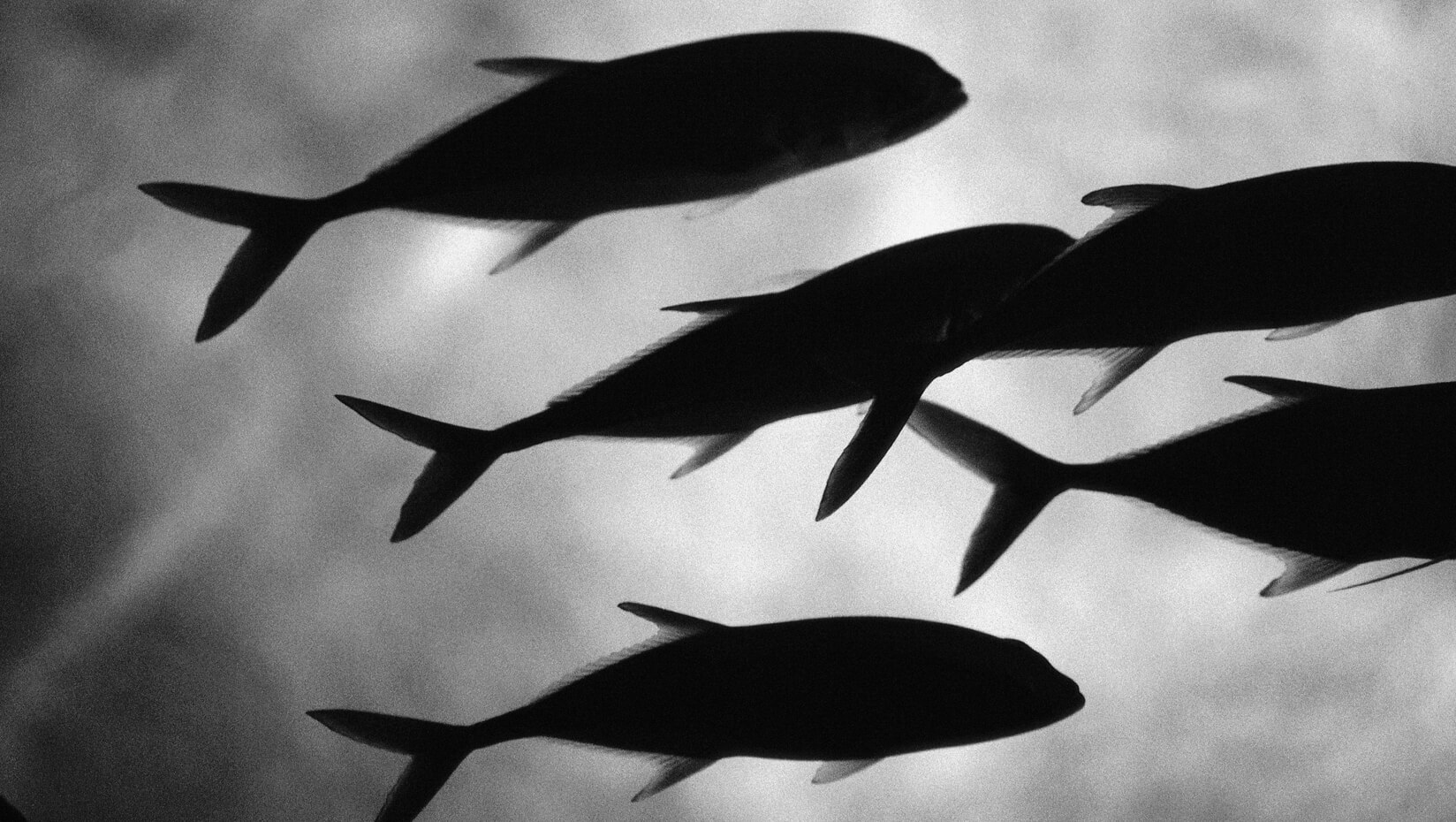
UMaine graduate student finds after last mass extinction, tiny fish ruled the sea
Andrew Galimberti, an entomology graduate student at the University of Maine, was part of a research team that discovered that bigger isn’t necessarily better for a fish during an extinction event.
Researchers from the University of Pennsylvania and UMaine found that for at least 40 million years following the last massive extinction, small, fast-reproducing fish may have dominated the planet’s oceans.
Approximately 359 million years ago, a bio-event referred to as Hangenberg, triggered a drastic and lasting transformation of Earth’s vertebrate community.
The event occurred during the late Devonian period — 416 million to 358 million years ago — and was characterized by high fish diversity, including some massive fish reaching 8 meters in length.
During this period, major climatic and ecological changes occurred, such as glacial events, sea level decreases and ecological invasions, which ultimately resulted in a major extinction event.
Recent evidence has shown that the Hangenberg event profoundly altered the course of vertebrate evolution, wiping out taxa that were dominant in the Devonian era. These findings, published in Science, could have implications for trends we see in modern species today.
“Some large species hung on, but most eventually died out,” says Lauren Sallan, UPenn assistant professor of Earth and environmental science and lead author on the study.
Sallan and Galimberti were interested in the trends which characterized body size evolution in the Devonian, and how the Hangenberg event changed these trends.
“So the end result is an ocean in which most sharks are less than a meter and most fishes and tetrapods are less than 10 centimeters, which is extremely tiny. Yet these are the ancestors of everything that dominates from then on, including humans.”
“We were wondering if it also had a dramatic impact on body sizes of the post-extinction fish community,” said Galimberti, who was a student at Kalamazoo College at the time.
One hypothesis the researchers explored for post-extinction size change is the “Lilliput effect” – the tendency for sizes to briefly decrease following an extinction event, then recover to normal. However, Galimberti noted, evidence for the Lilliput effect is limited, especially for vertebrates.
For the project, Galimberti and Sallan assembled a dataset of body sizes for 1,120 species of fish fossils spanning the period from 419 to 323 million years ago. The researchers gathered the body-size information from published papers, museum specimens, photographs and from incomplete fossils for which they could extrapolate a full size.
They performed a series of analyses to determine how body sizes changed throughout the Devonian and how the end-Devonian mass extinction affected these patterns.
The researchers found that after a period of steadily increasing body sizes throughout the Devonian, small fish, as the Lilliput effect suggests, dominated the early Mississippian, says Galimberti.
However, recovery of large sizes did not occur in the Mississippian — sizes remained small or, in some cases, decreased throughout for at least 40 million years.
By the end of the Devonian, some fish were as large as school buses, says Sallan. “You had some vertebrates that are small, but the majority of residents in ecosystems, from bottom dweller to apex predator, were a meter or more long.”
“These large fish, though, were “dead clades walking” — clades that would fail to diversify and eventually become extinct, in contrast to the smaller survivors which continued to diversify throughout the Mississippian and beyond,” said Galimberti.
This suggests that, even if a large organism is able to survive an extinction event, it may remain vulnerable to extinction, he says.
Generally, larger organisms tend to be more prone to extinction due to greater energy requirements, and production of fewer offspring which results in smaller population sizes. These factors make large organisms less likely to adapt to drastic changes in the environment.
“Conversely, small organisms have large populations and high reproductive ability, increasing their chance at survival and their ability to adapt,” said Galimberti.
“As extinctions continue, we may see similar patterns to those after the Hangenberg — more small species, drastic diversity changes, and a long period of time before ecosystems stabilize and recover,” says Galimberti.
Post-extinction body size changes may follow a predictable pattern, leading to greater survival of smaller organisms. “Future research should determine how widespread these patterns are, both in the fossil record and today,” says Galimberti.
Today, human-driven environmental changes have led to great losses in many fish and other animals, especially large ones. With many global fish populations in danger and with some ecologists concerned the planet is on the brink of a sixth major extinction event, this time caused by humans, Sallan warns that these results should raise a red flag about how long large species might take to recover.
“It doesn’t matter what is eliminating the large fish or what is making ecosystems unstable,” says Sallan. “These disturbances are shifting natural selection so that smaller, faster-reproducing fish are more likely to keep going, and it could take a really long time to get those bigger fish back in any sizable way.”
The University of Pennsylvania, Kalamazoo College, the University of Michigan and the Michigan Society of Fellows supported the study.
University of Pennsylvania’s full press release is available online.
Contact: Amanda Clark, 207.581.3721; Katherine Unger Baillie, 215.898.9194
